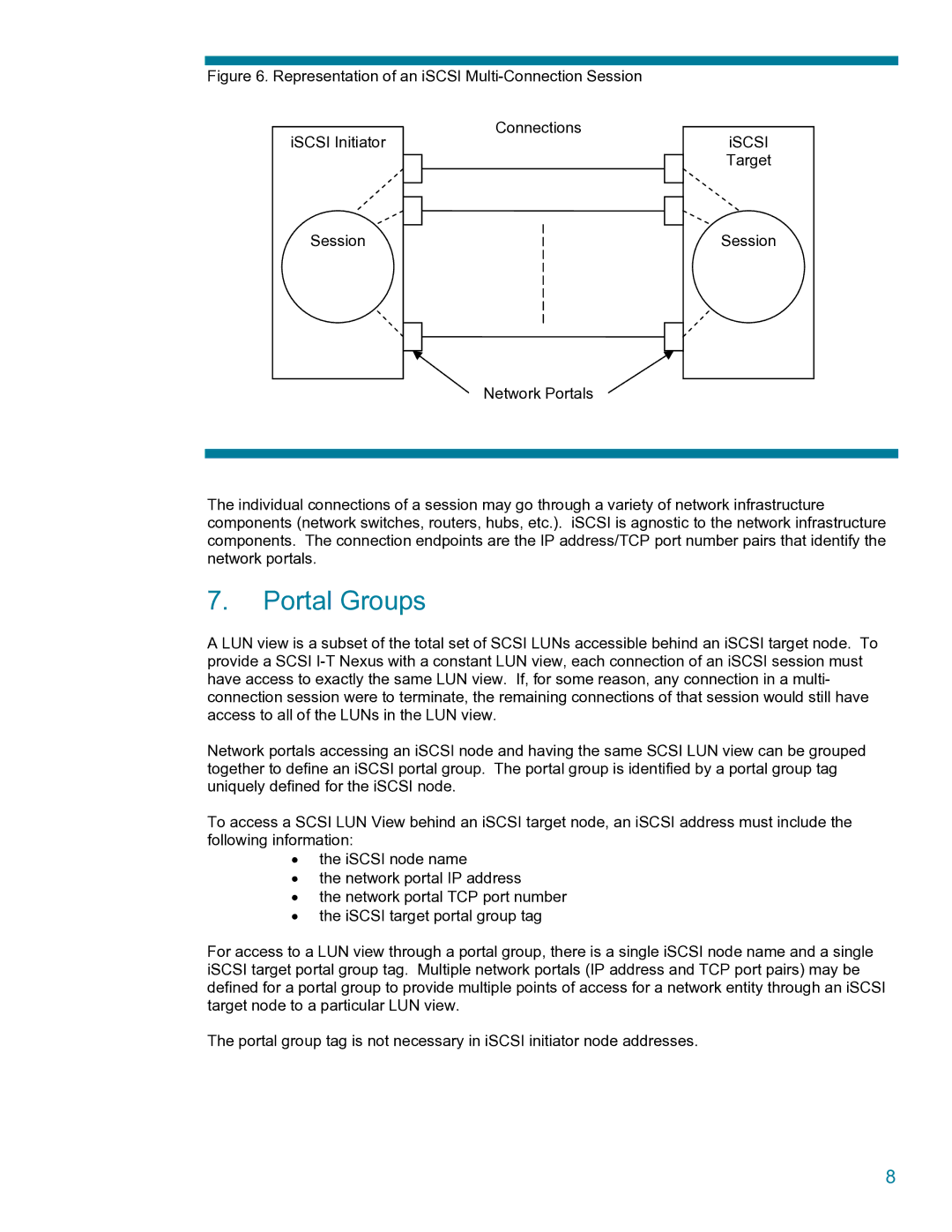
Figure 6. Representation of an iSCSI Multi-Connection Session
Connections
iSCSI Initiator
Session
Network Portals
iSCSI
Target
Session
The individual connections of a session may go through a variety of network infrastructure components (network switches, routers, hubs, etc.). iSCSI is agnostic to the network infrastructure components. The connection endpoints are the IP address/TCP port number pairs that identify the network portals.
7.Portal Groups
A LUN view is a subset of the total set of SCSI LUNs accessible behind an iSCSI target node. To provide a SCSI
Network portals accessing an iSCSI node and having the same SCSI LUN view can be grouped together to define an iSCSI portal group. The portal group is identified by a portal group tag uniquely defined for the iSCSI node.
To access a SCSI LUN View behind an iSCSI target node, an iSCSI address must include the following information:
•the iSCSI node name
•the network portal IP address
•the network portal TCP port number
•the iSCSI target portal group tag
For access to a LUN view through a portal group, there is a single iSCSI node name and a single iSCSI target portal group tag. Multiple network portals (IP address and TCP port pairs) may be defined for a portal group to provide multiple points of access for a network entity through an iSCSI target node to a particular LUN view.
The portal group tag is not necessary in iSCSI initiator node addresses.
8
